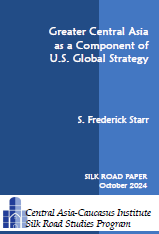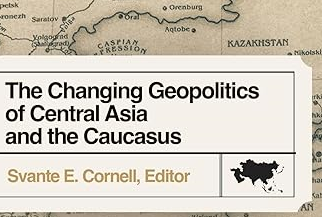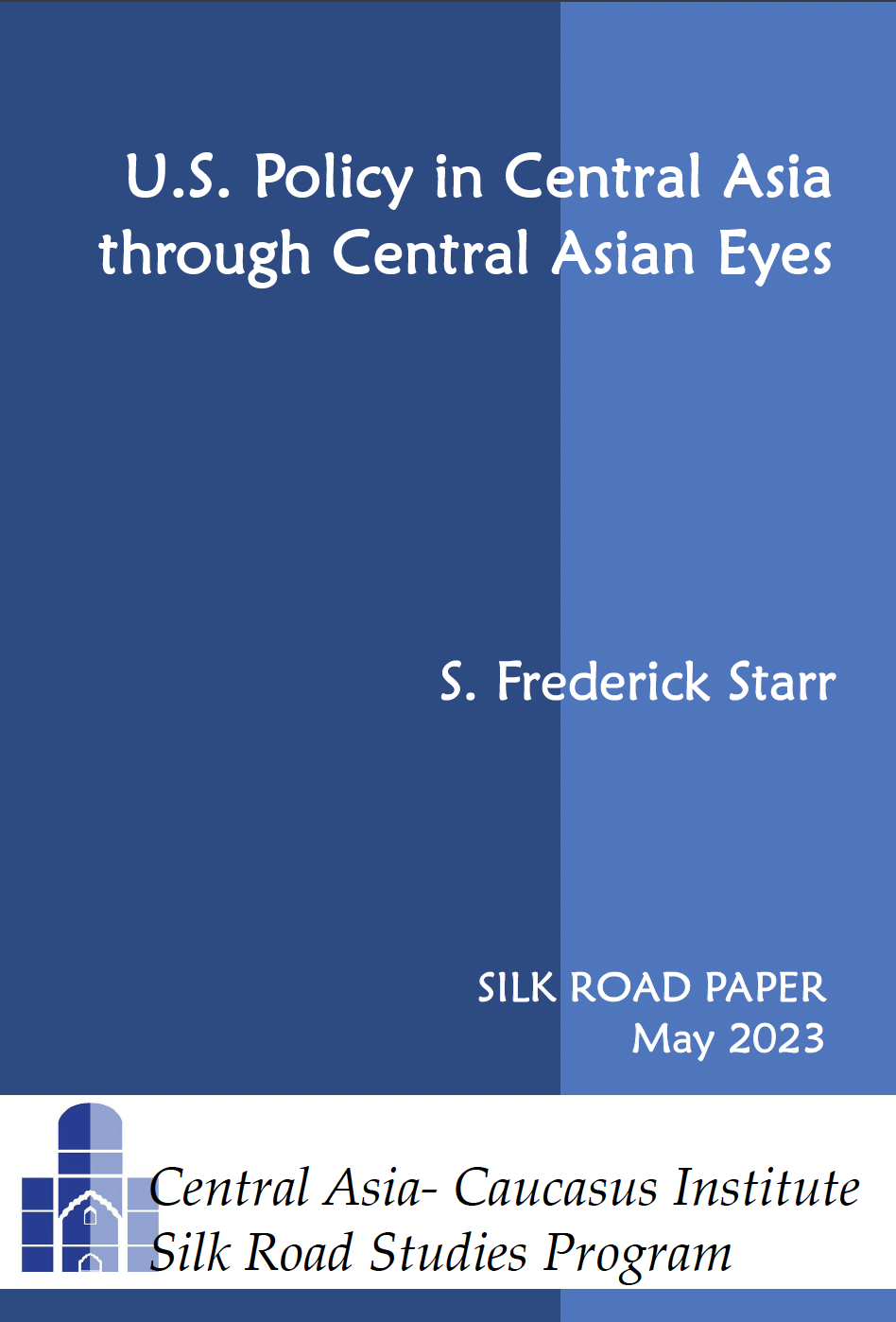Thursday, 21 December 2006
TURKMENISTAN’S ‘IRON RULER’ DIES
By empty (12/21/2006 issue of the CACI Analyst)
Turkmenistan\'s authoritarian president Saparmurat Niyazov, who ruled the Central Asian country for 21 years, has died aged 66, state TV has reported. Mr Niyazov, who named cities and airports after himself in a personality cult, left no designated successor. Turkmenistan, which has large gas reserves, now faces an uncertain future with rival groups and outside powers scrambling for influence, analysts say.
Turkmenistan\'s authoritarian president Saparmurat Niyazov, who ruled the Central Asian country for 21 years, has died aged 66, state TV has reported. Mr Niyazov, who named cities and airports after himself in a personality cult, left no designated successor. Turkmenistan, which has large gas reserves, now faces an uncertain future with rival groups and outside powers scrambling for influence, analysts say. Mr Niyazov died at 0110 local time (2010 GMT Wednesday) of a heart attack. Last month, the president publicly acknowledged he had heart disease. His funeral is set to take place on 24 December in the capital, Ashgabat. BBC correspondents quote witnesses as saying the capital has been quiet since the news broke, with many people staying at home, shocked and unsure of what may happen next. Deputy Prime Minister Gurbanguly Berdymukhamedov has been named head of the commission handling the funeral, state television said. According to Turkmen law, the president is succeeded by the head of the legislative body, the People\'s Assembly. But this post was held by Mr Niyazov himself. Turkmenistan has called an emergency meeting of its highest representative body for 26 December to decide on Mr Niyazov\'s succession, the government said. Mr Berdymukhamedov has also been named acting head of state until then, according to government sources. The cabinet of ministers and the National Security Council in Turkmenistan have held emergency sessions to discuss the situation. (BBC)




 Silk Road Paper S. Frederick Starr,
Silk Road Paper S. Frederick Starr,  Book Svante E. Cornell, ed., "
Book Svante E. Cornell, ed., "